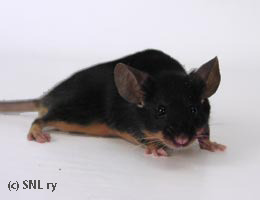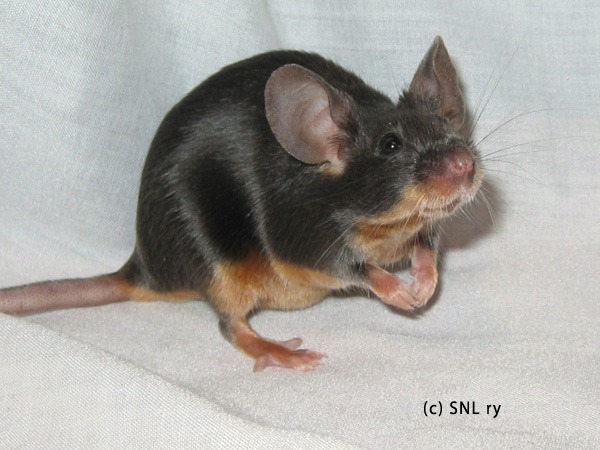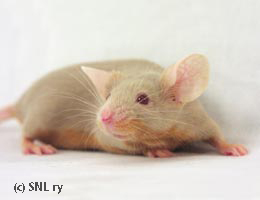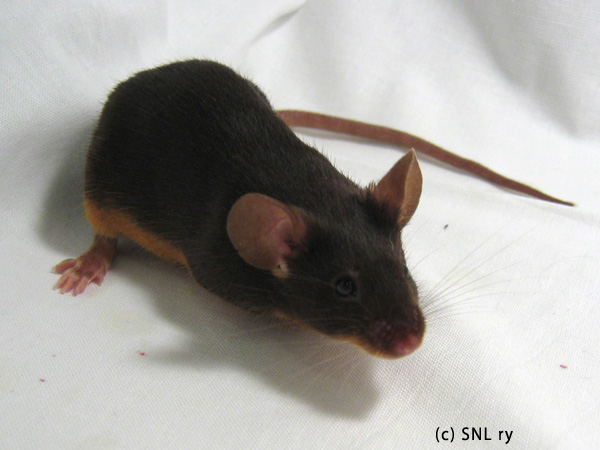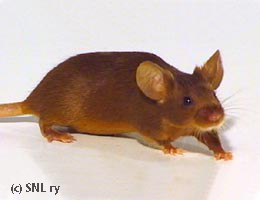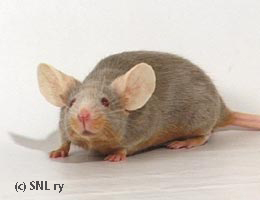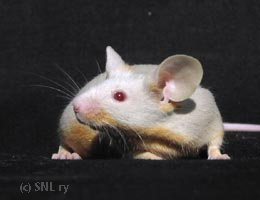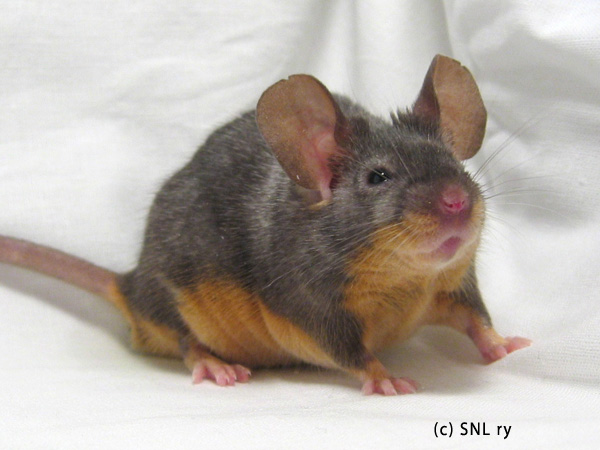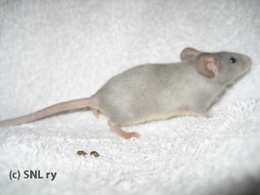Varieties
Tans
V - Tan and Fox
The tan and fox varieties are distinguished from other varieties by the belly colour, which is golden red in tan and white in fox. Tan is recognized in all colors, fox in only certain few.
Tans
self-tans: at/at - , at/* -
ticked tans: A/at ?
silver-ticked tans: at/at - si/si, at/* - si/si
Quick Look
Ideal tans could be mistaken for a self when viewed from above and only when held upwards reveal the tan belly. Common faults are tan hairs behind the ears, around the tail root and tanned feet. Another persistent fault is a throat spot of the top colour.
Continuous breeding of tans with the richest belly colour to another leads to undesired spreading of tan. Therefore a breeder should keep also tans, which lack depth in the tan. When the belly colour has started to spread too much, mating with a self with equivalent top colour helps. However it takes several generations after such a mating before the tan is rich again. Any selfs resulting from tan to self crossing are better not used for breeding selfs.
The tan-gene is actually a very interesting one. It is dominant over a, and partly dominant over A. With A it is dominant on the belly and recessive on the top.
Although tan is recognized in any standard colour, there are a couple of colors which can not come in tan, or that can not be distinguished from self varieties as such. Clearly, pink or black eyed white cannot come in tan (tans with white-looking back are genetically leaden silver tans), neither can any c-locus recessive variety (bone, beige, etc., pointed varieties, martens, chinchilla, grey agouti, argente cream). Reds, fawns and argentes have tan-coloured belly as such, although sometimes you can see reds and fawns with clearly demarcated (poor) tan belly and argente tans have clearly non-silver ticked bellies.
Furthermore, the depth of the tan belly depends on the genetic make up of the mice. Thus blue, lilac and silver tans have much lighter bellies due to the dilute gene d's effect on red pigment. This is why the standard asks for "as rich as possible" colour!


